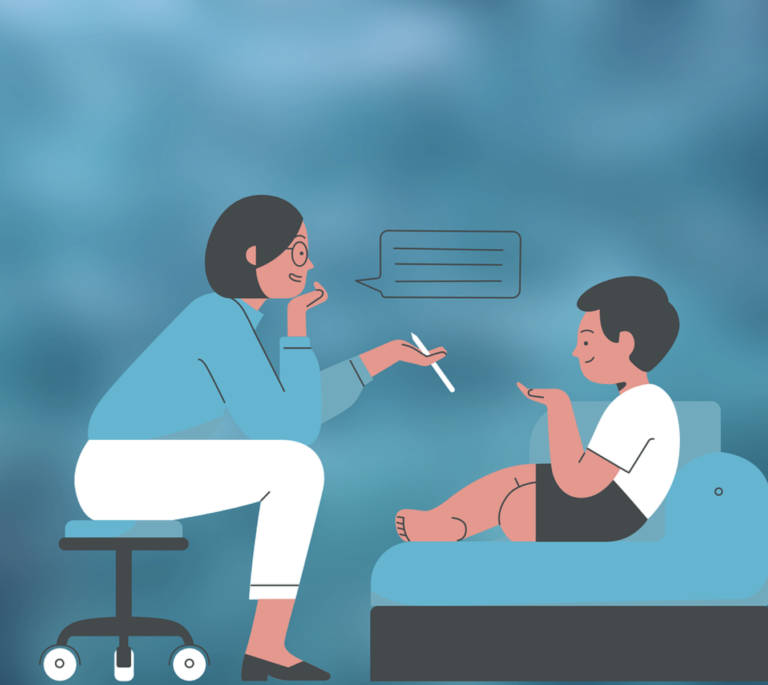
Difficulties with attention in children affect inhibitory and self-control behaviors and can significantly impact academic performance. These difficulties are closely linked to emotional well-being and often affect family life.
ADHD (Attention Deficit Hyperactivity Disorder) is a neuropsychiatric disorder caused by functional alterations in specific areas of the central nervous system—particularly the brain circuits responsible for inhibition and self-regulation.
Symptoms of ADHD
ADHD symptoms appear in two main domains: inattention and hyperactivity/impulsivity.
Inattention symptoms:
- Difficulty focusing on details
- Trouble maintaining attention for extended periods
- Difficulty following verbal instructions
- Problems with organization
- Easily distracted by external stimuli
Hyperactivity and/or impulsivity symptoms:
- Difficulty staying seated
- Excessive talking
- Trouble controlling impulses
- Blurting out answers
- Difficulty delaying gratification or waiting their turn
ADHD Assessment and Intervention
Clinical observation and evaluation are done using:
- Structured interviews
- Questionnaires for parents and teachers
- Standardized diagnostic tests
These tools help assess the child’s overall profile—both cognitive and emotional.
Every child has a unique profile, and the intervention plan must be personalized accordingly.
The intervention typically involves three main components:
- Parental training
- Emotional support through individual or family therapy
- Support from a specialized tutor or educator, to help the child develop strategies for autonomy and homework management
- Classroom strategies to optimize the child’s strengths
- Pharmacological treatment, when necessary
How is ADHD Diagnosed?
- Initial interview (Anamnesis): Gathers information on the child’s development, family life, and social functioning.
- Further assessment: Focused on identifying ADHD-related traits (attention, inhibition, impulsivity, planning) in multiple settings—at home and in at least one other social environment (e.g., school).
- Questionnaires: Parents and teachers are asked to fill out detailed questionnaires to evaluate symptoms.
- Feedback session: Based on all the data collected from home and school observations, recommendations are shared with the family for school-based and clinical/home interventions.
Expert Interview: Dr. Suzana Corciova, Child and Adolescent Psychiatrist
How is a child with ADHD evaluated?
The evaluation includes an initial structured interview with both parents and child. The goal is to understand the child’s development and everyday functioning in school, play, and social settings.
The family and school are given behavioral observation questionnaires, covering emotional, cognitive, and social aspects.
Families should also provide any previous evaluations or school reports.
When should you ask if your child has ADHD?
ADHD is one of the most common developmental disorders, and symptoms can persist into adolescence and adulthood.
The core feature is a persistent pattern of inattention and/or hyperactivity-impulsivity, which interferes with a child’s functioning and development from early childhood onward.
How to manage a child with attention difficulties?
The key is to create an environment that promotes self-regulation and reflection.
Since these children struggle with impulsivity, hyperactivity, and inattention, clear and direct communication is essential—give one instruction at a time.
At school, strategies like seating the child near the teacher or in the front rows can reduce distractions and help with behavioral control.
